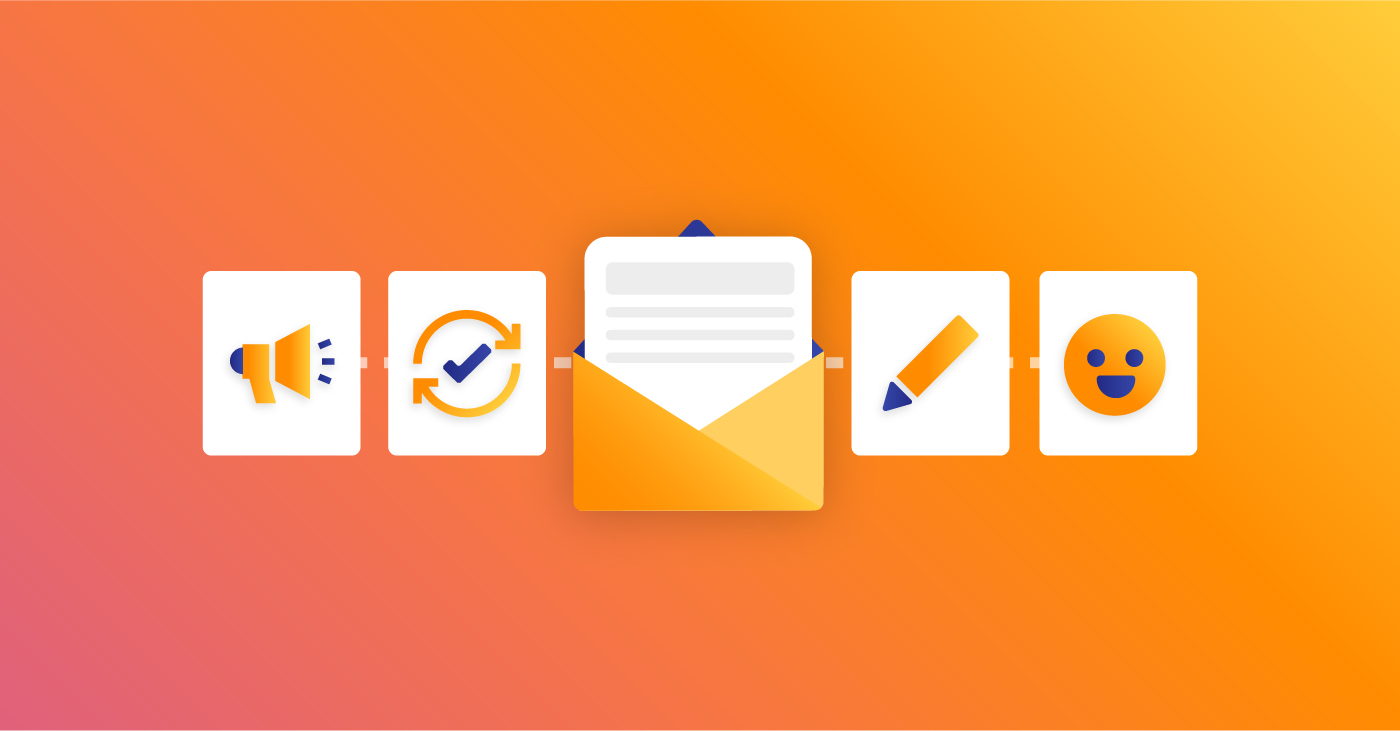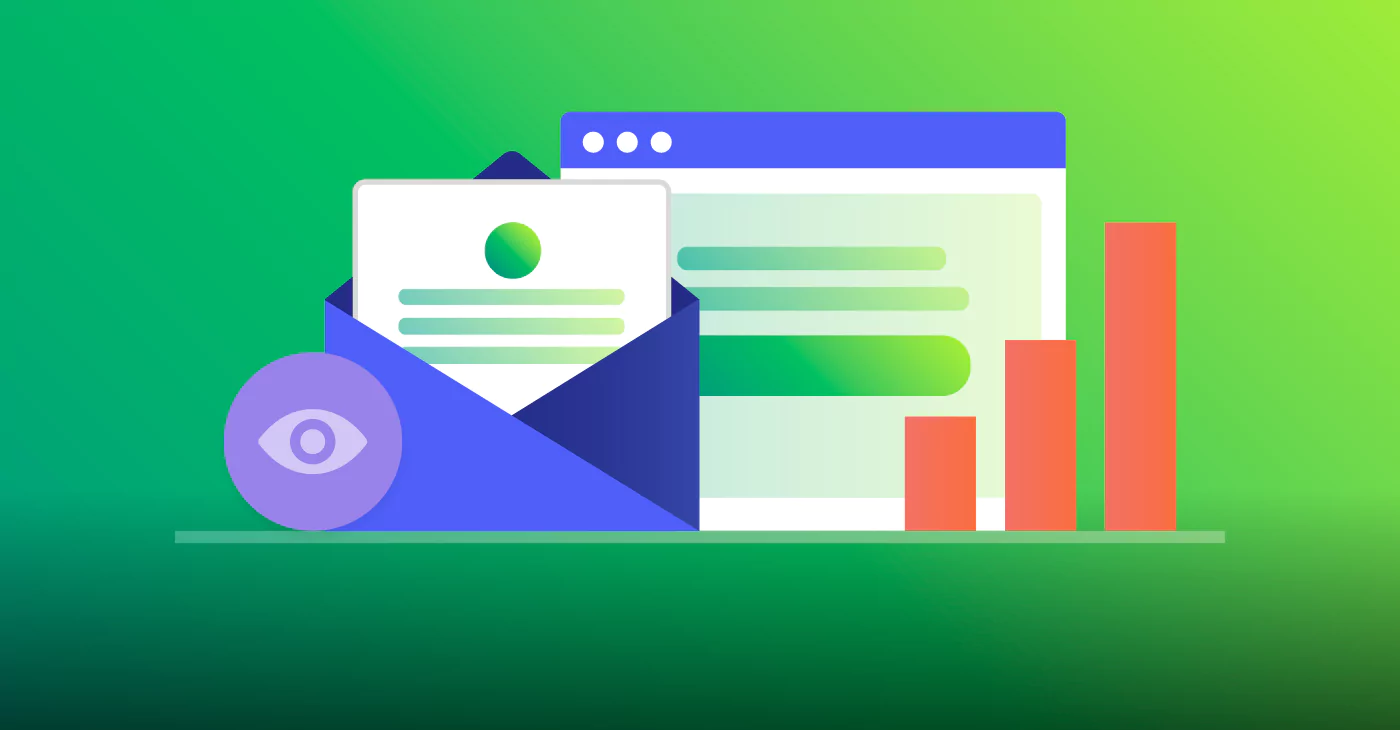
The latest statistics show that competition in the newsletter arena is heating up. 81% of email marketers are sending email newsletters. Newsletters have become successful, so much so that people are paying to receive newsletters with personalized, original content.
With your competitors shooting for the same subscribers as you do, how do you cut through the noise and reign in the subscriber’s inbox?
To succeed, you have to nail three aspects: relevance, timing, and frequency of sending email newsletters. In this article, we will touch upon the best times to send a newsletter and the appropriate frequency.
How to Know the Best Times to Send an Email Newsletter
These tips might help determine the right timing to send your email newsletters:
- The first step is to determine and segment your target audience.
- Secondly, if we have performed email newsletter campaigns in the past, it can also be helpful to track past data.
- Another recommendation would be to check the competition.
- Finally, to really obtain accuracy we need to run A/B tests and re-adjust our strategies until we hit the right spot.
1. Know Your Audience
Knowing your buyer persona is the very first step to perform any effective email marketing campaign. This is not only helpful to create and deliver relevant content: the best times to send a newsletter will depend on who you are directing it to.
For example, if the newsletter is directed to a company, it will be best to send it during working hours, whereas, if it is targeted to the final customer, it might be better to send during lunch or just after work to increase the chances of success.
The target audience will be characterized by different aspects:
- Whether it is a B2B or a B2C business
- The sector of your target
- The region your customers are located in
- Their work schedule
- Demographics
- Personal factors
Take into account that you may have different target audiences for the same business, so it is important to segment properly.
2. Analyze Past Data
Checking past performance on metrics such as open rates, click through rates, and conversion rates can be a time saver. Analyze what has worked in the past and what has not to either replicate it, or discard it and try a new timing.
3. Analyze Your Competition
Checking what your competitors are doing can give you an idea on the best times and days to send an email newsletter. This can be helpful information when it comes to trying the times for yourself and designing A/B tests.
It can be as easy as getting subscribed to your competitors’ newsletters and writing down the times and days any particular type of emails are sent to you.
4. Test What Actually Works and Readjust
Finally, to accurately determine when you should be sending your newsletter, you can perform tests. Once you determine the potential best times and days to send newsletters to your subscribers, test them. For example, send an email at 9am on a Tuesday, and then try the same email at the same time on a Friday. Do the same when it comes to the best time of the day: gather data, and keep experimenting and discarding what does not work. You might be surprised to find out that what really works goes against the rules.
Take into consideration that timing is not the only factor that will have an effect on metrics such as open rates, click through rates, or conversion rates. The newsletter content and subject lines may be unsuccessful. At the end of the day, it will be necessary to perform A/B tests on different aspects of an email to check what may be failing or succeeding.
When to Send Email Newsletters, According to Data
Multiple studies have been conducted on the best time and day of the week to send newsletters. From each of them, different conclusions are derived, since, as we explained above, the best time to send an email newsletter will depend on different factors such as the sector and location of the audience.
The Best Days to Send an Email Newsletter
Let’s begin with the day of the week. Some data shows that the open rates of newsletters peak on Tuesdays. This could be because people are playing catch up on Mondays and aren’t able to really dive into their inboxes. Or, it could be because people tend to take Mondays off when planning long weekends or vacations.
Data also shows that the peak days to send emails are Tuesdays, Wednesdays, and Thursdays. This aligns with our previous predictions. If people are taking long weekends, they typically aren’t in the office on Mondays or Fridays. The middle of the week can be a safer time to send emails in the likelihood of people heading out of town or being out of the office.
The Best Time to Send an Email Newsletter
One study has found that 42.5% of users open emails in the morning. However, like everything in marketing, the right time to send your emails depends on other factors, like the region your recipients are located in and the day of the week the email is being sent.
When it comes to the time of the day, it would appear that the best performing hours are in the morning, between 9:00 and 11:00 AM.
Take all of this with a grain of salt. The reality is that there is no one-size-fits-all approach to the day and time you send your emails. In fact, a lot of reputable brands follow their own rules because they’ve found what works best for them. For example, some may send their emails at the same time and day of week every week. Others may take a unique approach by personalizing the sending times for each recipient in their list.
Things to Keep in Mind When Sending Email Newsletters
Schedule Differently Based on Time Zones
Picking a particular day and time to send your email is great if your customers are concentrated in a single time zone. However, if subscribers are in different time zones, that could cause problems. In that case, your best bet is to schedule newsletters based on each contact’s time zone.
Testing is the Best Way to Know
The best way to find the day and time that works for you is to test various options. For example, try sending your newsletters on Tuesdays at 10 AM for a few weeks. Then, switch it up and try Thursdays at 11 AM for a while. Or, you can send your emails on the same day, but send one batch at one time and another batch at a different time. Check the results to see which is most successful.
Brad Hess, Ceros director of generation, claims “brands spend too much energy trying to find the best time to send email newsletters. However, it all depends on the recipient, and factoring in the subscribers is most important.”
Email Frequency Matters
Sending newsletters more often gets your business in front of your target audience: it’s great for brand and product visibility. However, if recent statistics are anything to go by, such a strategy could be a double-edged sword.
One study has found that if you send newsletters once every week, you’ll get a 30% open rate and 3.63% click-through rates. If you double the frequency, the open rate may drop by over 5% and the click-through rate by close to 1%. Overall, the higher your sending frequency, the worse the open and click-through rates become.
The lesson here is to not inundate your audience. If you send them too many emails, they’ll get overwhelmed and feel burdened and can ultimately unsubscribe altogether. But, you don’t want to send your newsletter too infrequently because they could potentially lose interest. Finding a happy medium means it may be better to stick with sending newsletters at least once every week.
Knowing your audience and testing is the best and only way to know
Just like with most things regarding email marketing, you can never get too comfortable. When it comes to the best time and day to send your email newsletters, while data can point to certain days and times, the truth is that it really depends on who you’re sending your newsletters to. So make sure you really know your audience and that you test various options to determine the best results.





